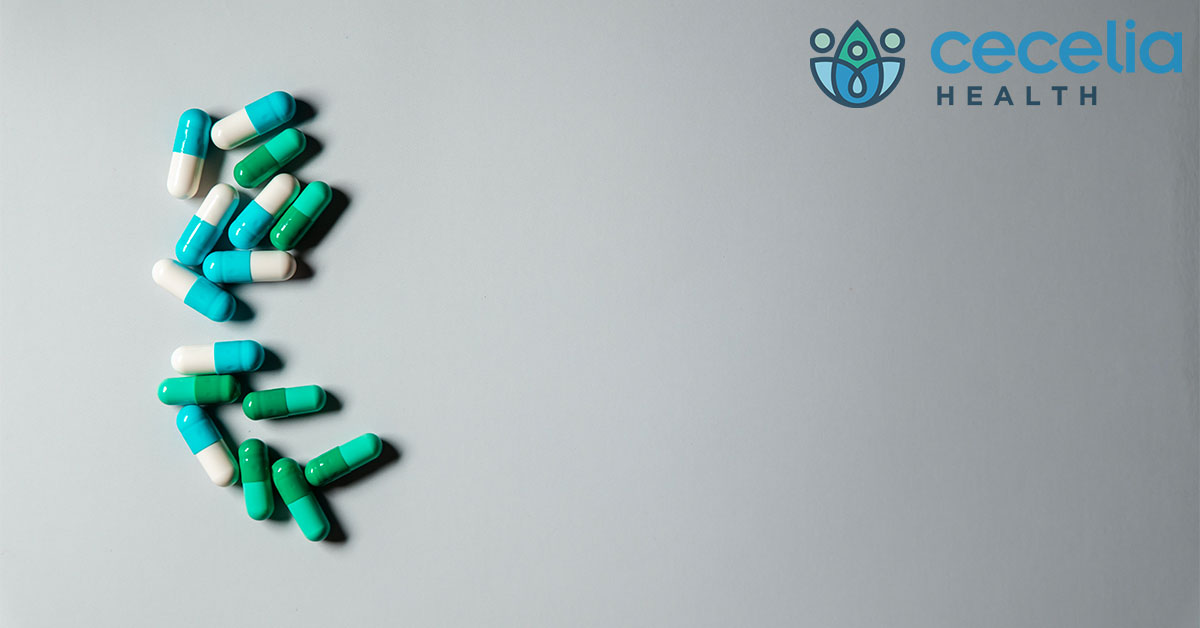It’s been estimated that more than 80% of Americans take at least one medication. Proper medication storage promotes drug effectiveness and quality, while supporting a safe environment to family and visitors in the home or when traveling. Always ask the pharmacist if there are specific storage instructions.
First thing to know: temperature extremes (hot or cold), constant light, excessive exposure to air and / or moisture is not recommended for any medication. While some medications will have bold labeling indicating to keep medication refrigerated, very seldom will the label recommend putting the medication in the freezer. Similarly, leaving medication inside a hot car won’t be recommended either. Look at where medication is stored currently and ask yourself if it’s the best place.
Medicine cabinets are the worse. Medicine cabinets might be a good place to keep medications if they weren’t in the bathroom where it’s humid, hot, cold, and are easily accessible to curious children. The goal is to keep medications cool and dry. Kitchen cabinets away from hot appliances and the sink or in a secured (locked) area in the bedroom are best. Remember safety: don’t ever think you’re being overly cautious if you have confused adults or curious children in the house. Store medication Out of sight and behind a child latch or safety lock. Prevention is always a good investment.
Keeping medications refrigerated. Medications are frequently recommended to stay refrigerated. This means these medications should be stored between 36 – 46 degrees Fahrenheit. This is important to know as refrigerators have some places that may be a bit warmer than 46 degrees (butter compartment) or could be cooler than 36 degrees (I’m thinking of my yogurt this morning . . frozen solid). Remember refrigerator temperature zones:
- Warmest zones: door compartments and vegetable drawers. NOTE: the more you open and close the refrigerator door, the warmer the refrigerator temperatures will be.
- Coldest zones: back and side walls of refrigerator
You should know that even if the power goes out, the refrigerator will remain cold for 12 – 24 hours with the door closed. NOTE: Opening the door reduces the time things will stay cold. If power stays out longer than 24 hours, put medications in water tight container and place container in tank of the toilet. Tap water is approximately 15 – 20 degrees cooler than the air around you and is cool enough for most medications.
Pills or tablet medications. Most medications prefer a cool, dry place for storage. If you load up a 7-day or longer pill dispenser, it’s important to keep these “portable” medications in a cool, dry place also. This may require putting the dispenser in a zip-lock bag or a refrigerator in more humid climates.
Caps are for closing. Always relock the cap on a medicine bottle. While the cap helps shield contents from humidity in the environment, safety caps are designed to deter young children from investigating bottle contents. Caps aren’t just a good idea, they are a life saver!
Know what you’re traveling with. Can you identify every medication you are prescribed without the prescription bottle in front of you? Most people cannot. If you take generic medications, the shape or color may change from refill to refill.
- Carry an up-to-date medication list and instructions for use in your wallet or purse.
- When traveling away from home, either transport medications in the original bottle they are dispensed in or bring a copy of your active prescription(s) from the pharmacy. Correct medication and dispensing instructions can speak for you in the event you cannot.
- Always carry medication(s) in carry-on luggage. Never put medications in checked baggage that might become separated from your flight.
- Medications that must stay refrigerated are best carried in a wide-mouth thermos or a special insulated container made for that medication transport.
- If traveling with an ice cooler, put medications in a water tight container with some insulation between the medication and the sides of the container. NOTE: there is no “chill” with dry ice; dry ice will freeze everything inside the cooler that carries it.
- If traveling outside the US, check with unique rules for the country you are traveling to. Most will require medications be in original bottle dispensed in with label identifying who the medication is prescribed for and how it is to be taken.
Special medication safety tips:
Medication that has changed color, texture, or smell may not be safe to use – even if it hasn’t expired. Additionally, pills or capsules that stick together suggest excess moisture exposure and may not work as well as planned. Liquid medications that are clumpy, unexpectingly separated, or clear liquids that seem to be cloudy should not be trusted to be safe. If it’s a new medication for you and it requires special handling, the pharmacist will know and will advise you.
Watch expiration dates. Always use the earliest expiration medications first. It’s easy to just put medications on the shelf and forget about it. Putting products with longer expiration times toward the back minimizes the risk of having to throw medications out.
Sooner or later you will have to throw excess medication away. It may be expired or maybe you have no idea what it is. Some pharmacies will accept old medications for disposal. If that’s not an option consider the following:
- Do not flush medications down the toilet. Some medications are not good for the water supply.
- If you throw medication in the trash, mix the it first with something that ruins it such as coffee grounds or used kitty litter.
- Many communities sponsor “drug give back” programs or hazardous waste days that will accept medications for disposal.
For more information on safe medication handling, check out the Centers for Disease Control and Prevention: https://www.cdc.gov/patientsafety/features/medication-storage.html
